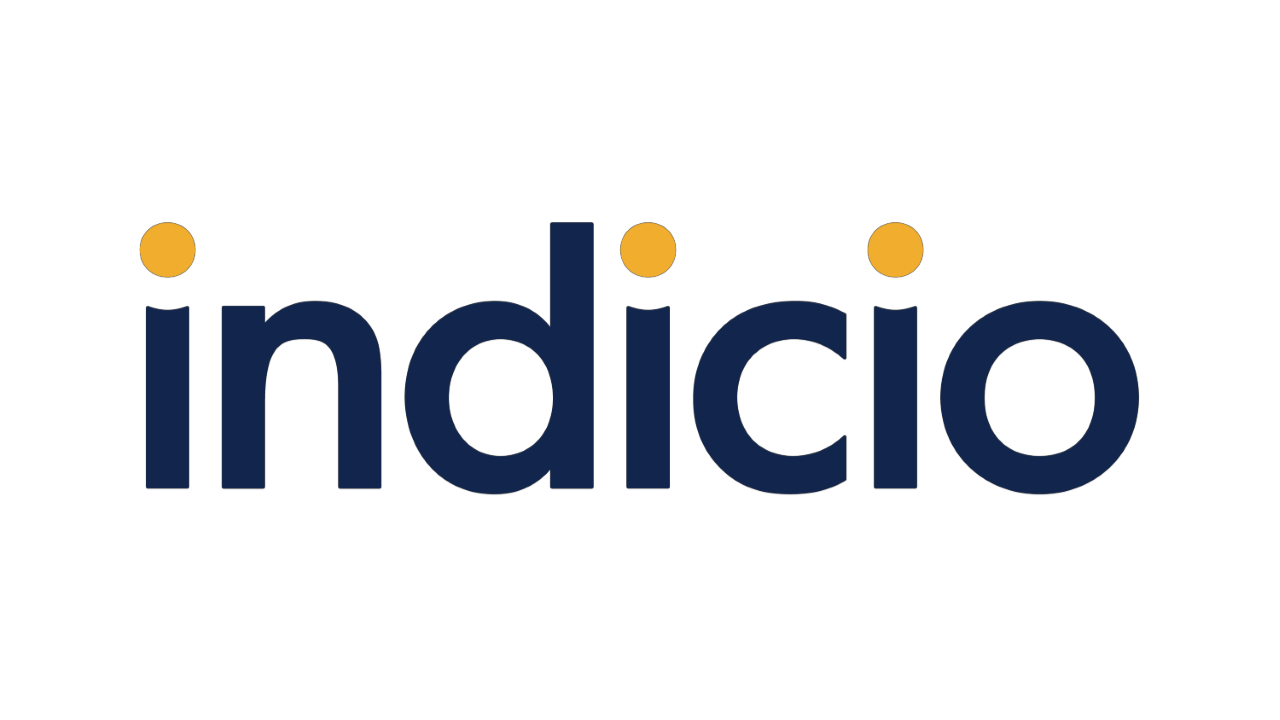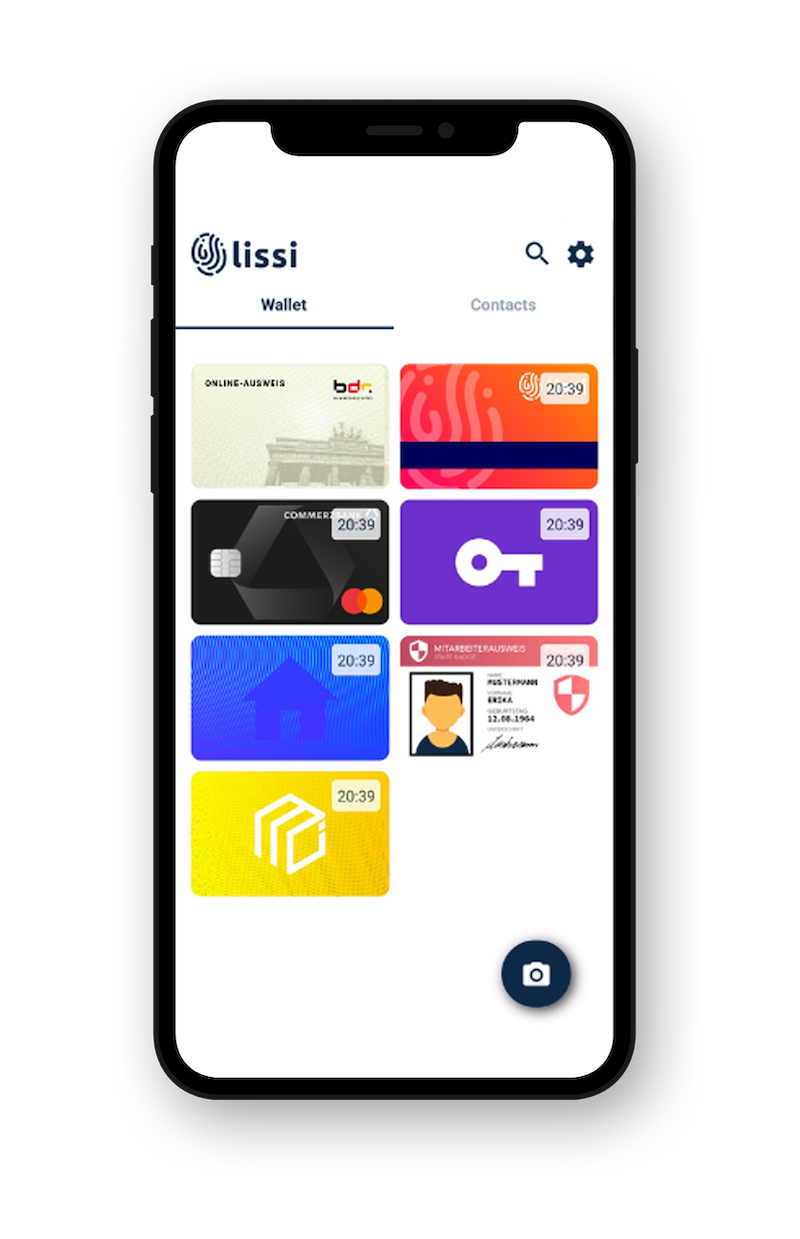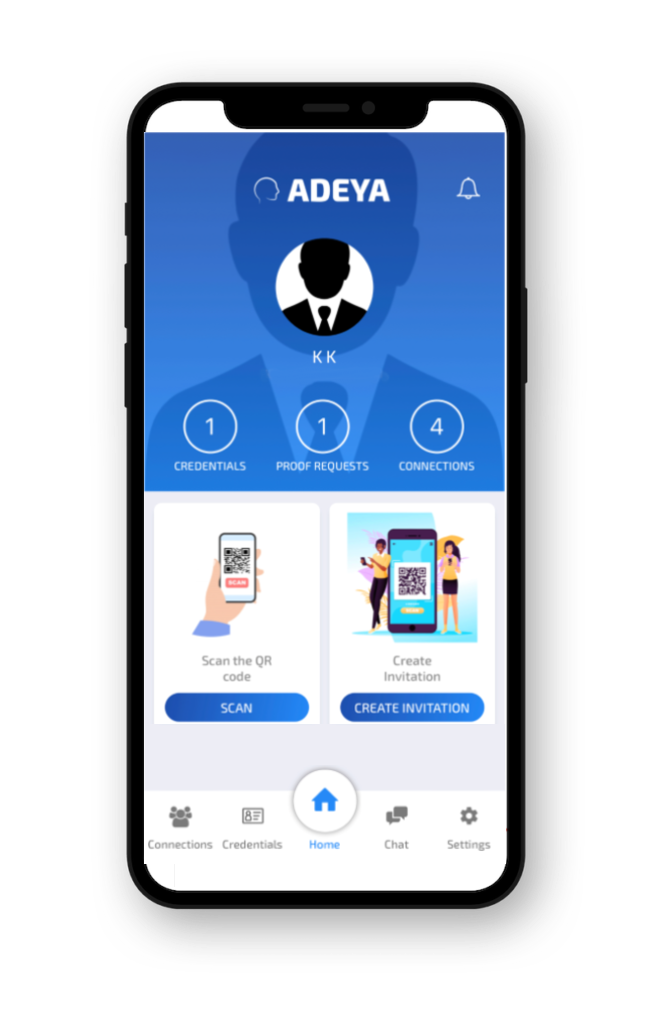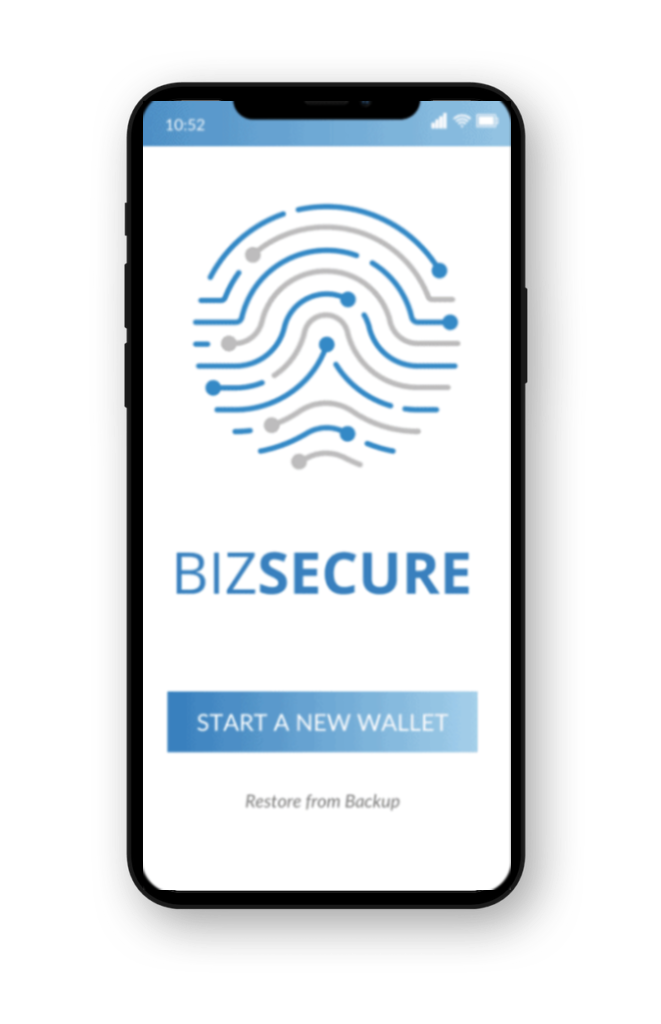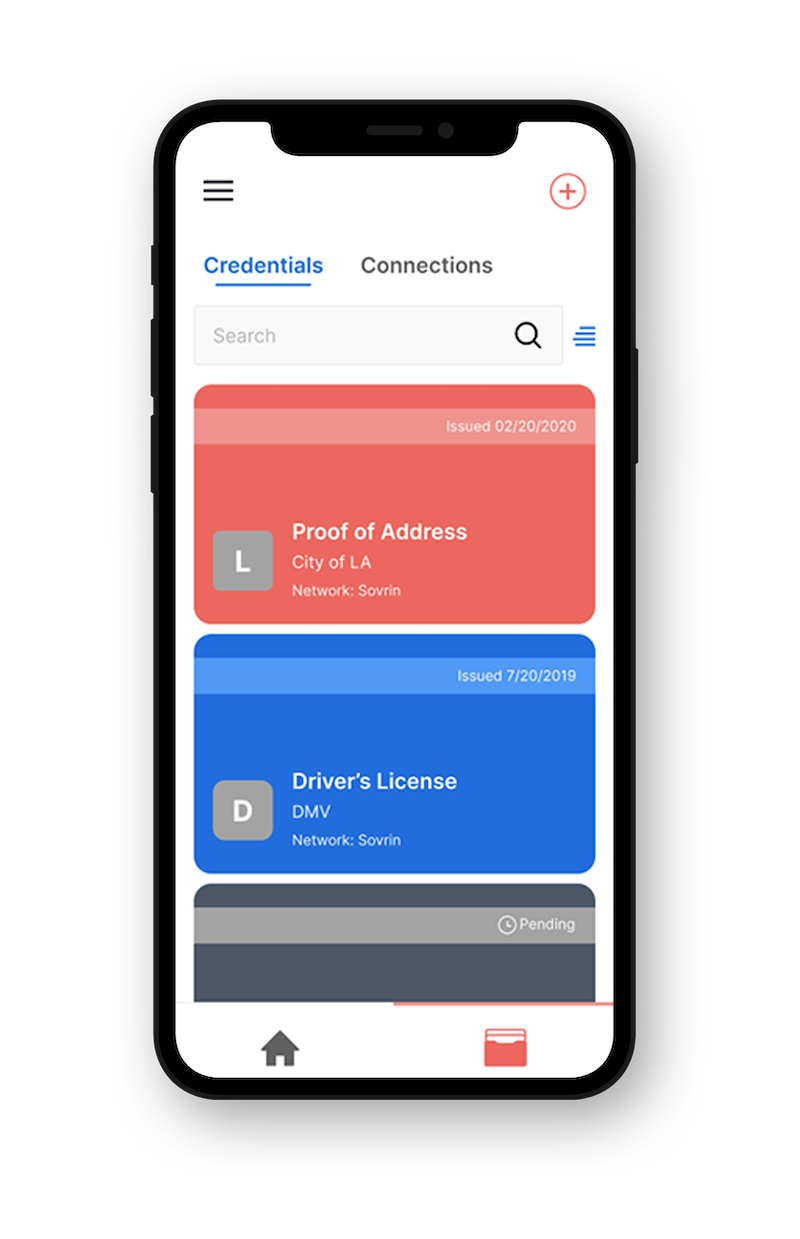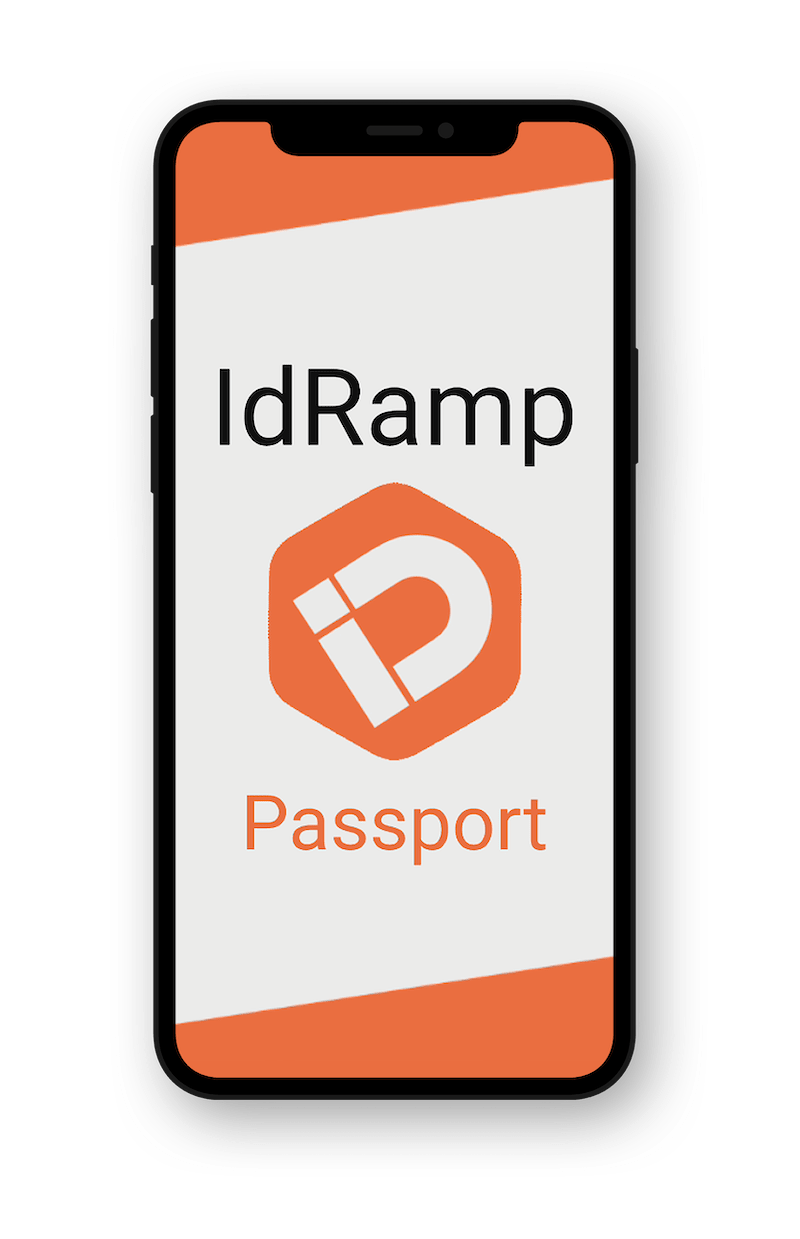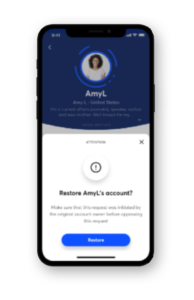I’m going to help you learn about Blockchain and how it’s shaping the Digital Identity industry.
Blockchain: the basics
Decentralized and Self-Sovereign Identity are all run on the technology called Blockchain (check out my Decentralized Identity for Newbs post to catch up). I’m sure many of you have heard about it, especially in relation to Bitcoin, but if you’re like me you might know about it but don’t really know what blockchain is.
So, I’ve done the work for us. Here’s a newbie overview on what blockchain is and the definition of all the terms involved. In future blogs I’ll be writing about how blockchain technology is already changing industries and affecting our day-to-day lives.
What is blockchain
The simplest way to think about a blockchain is that it is a new kind of database. Instead of a single database on a computer it creates a single database over a network of many computers. This means that when I enter information into the database the entry appears on every computer on the network.
After I make a certain number of entries, they are bundled into a block. And multiple blocks are linked together with unique cryptographic codes to make a… blockchain! Every computer on the network can make entries on the blockchain —provided that my entry is valid according to the rules for entering information —and the network keeps updating every computer with the latest version of the database.
Why it was built
This way of recording information was developed to solve a particular problem: if I want to use a digital currency, how do I ensure that people can’t spend the same money over and over again? In the real world, cash solves this problem, and online credit transactions are tied to a fixed amount of cash in our bank accounts. We can’t spend the same money twice, but what’s to prevent a digital currency that only exists online from being copied?
The answer is a digital accounting ledger that records each time I spend my digital money in a way that is:
- transparent – everyone in the world using the digital currency could see I’d just spent it
- time stamped – so everyone would know when the transaction occurred
- immutable – I couldn’t doctor my accounts and no one else could either
Blockchain is that digital ledger. And the first digital currency it recorded was Bitcoin.
How it works
Let’s discuss how the process works. So we’re all on the same page here are the definitions of each part of a blockchain:
- Hash value: This is the name of the unique code that is created from the data in your block. This is referred to as a hash.
- Merkle Tree: Your hash is then combined with other transactions to create even more secure data sets. These sets of hash values are known as a Merkle Tree.
- Nonce: A Nonce is the name for when your hash (within a Merkle Tree), the timestamp and the information from the previous block are all combined.
- Nodes: Nodes are the names for the computers that are processing and powering the creation of the blocks into the blockchain.
Because there were thousands of computers supporting the blockchain (millions now, in the case of Bitcoin), there was a copy of the blockchain on each of these computers. These sets of computers are known as Nodes.
If you tried to change an entry in a block, it would automatically change the block’s unique cryptographic code (called “a hash”) to something radically different. Everyone would notice this because the hash also points to the address and content of the previous block. Any change becomes, by default, a new record which in turn has to be approved by the network.
This solved the copying money problem. It also made hacking a blockchain extremely difficult.
So as we stated above, a blockchain is just what it sounds like – a chain of blocks. Together it is a record of data that is controlled by the user and agreed to by the collective users of the chain – the decentralized network. A block shows who owns what. It is time stamped from the date of entry, and connected to the block before it, so it can’t be edited or fraudulently changed. It stores your information and gives it a numerical code that is then accepted and validated by the people who can access the blockchain. You can pay for something, sell something, prove ownership, prove identity etc. all with a code that is unique and doesn’t show your original data.
How else blockchain can be used
So now we know that blockchains are a digital ledger. What they can do is remove the need for a middle man – say a bank if you and a friend want to exchange goods or send money to each other. Although blockchains have been associated with cryptocurrency, they can be used by governments, businesses, and organizations to create a digital identity that you can control. A digital identity can show proof that you own your property, it can be used to check a book out of the library, and used to scan your information when you’re boarding a flight.
Additionally, because a database that exists on many different computers is far more resilient to failure than a single database on a single computer. This very lack of a centralizing authority over the network also makes censorship very difficult.
All this adds up to something more fundamental: blockchains were a new way of generating trust online. As the Economist put it, [a blockchain] “ is a way of making and preserving truths.”
Because a blockchain turns an entry, a record, a transaction, into a uniquely identifiable, permanent, and practically unalterable piece of information, it is creating, in a sense, the digital analogue to our physically unique, watermarked, forgery-proof documents in the real world.
Which is why the next blockchain-driven transformation is identity.
What’s next
I hope this helps get your head around blockchain technology. We want to help you build your Decentralized and Self-Sovereign Identity products on blockchain technology because we want people to control their data and never have to share more than they want.
Check out our post on how this work will come to life with the COVID-19 crisis.
Drop me a line if you want to know more – also sign up for our email list and never miss another one of our posts.
